Choosing Fly Lines
Fly lines have become more and more complicated with technology but there are just a few things you need to know. There are FLOATING lines and SINKING lines.
Floating lines are very versatile and can be used to fish dry flies and wet flies without any problem. Most fly lines out there are your standard floating fly line that matches the particular rod you are using. You would use a 5wt line on a 5wt rod. This works well because fly casters are really casting the fly line… the fly just comes along at the end of the fly line.
WF or DT: WF (weight forward) lines are tapered in the front and are best for casting long distances. DT (double taper) lines are tapered at both ends and are best for delicate presentations but do not have the distance.
Sinking lines are black or brown and are designed to sink at a certain speed / per second so you can count them down. You use sinking lines when fishing deep pools or deep lakes to get down to the fish. They used to filled with lead when I was young but now they are filled with some type of rope core. They are typically used for specific water and are not the go to type fly line.
What to buy:
If you are a beginner fisherman, you will want to purchase a FLOATING line. They are the most common and versatile.
Floating: You match the line to purchase to the rod you are using. There are many brands out there and they all will have a code like WF 5 F — this simply means - Weight forward / 5 weight / floating. So if you have a 5 weight rod, you would get this line to match. If you had a 6 wt rod you would get a WF 6 F line to match that rod.
Color of the floating line matters a bit. You want to be able to see the line on the water so you can watch for strikes. I like to stay away from water green colored lines. Popular colors are peach / moss green / orange. These are easy to see and do not typically scare the fish. The shadows of the lines scare the fish.
Sinking: choose the drop speed that you are looking for but know that if it drops too fast you will get hung up on the bottom of the stream.
Speak with your local fly shop for their advice and let them know what rod weight you have.
